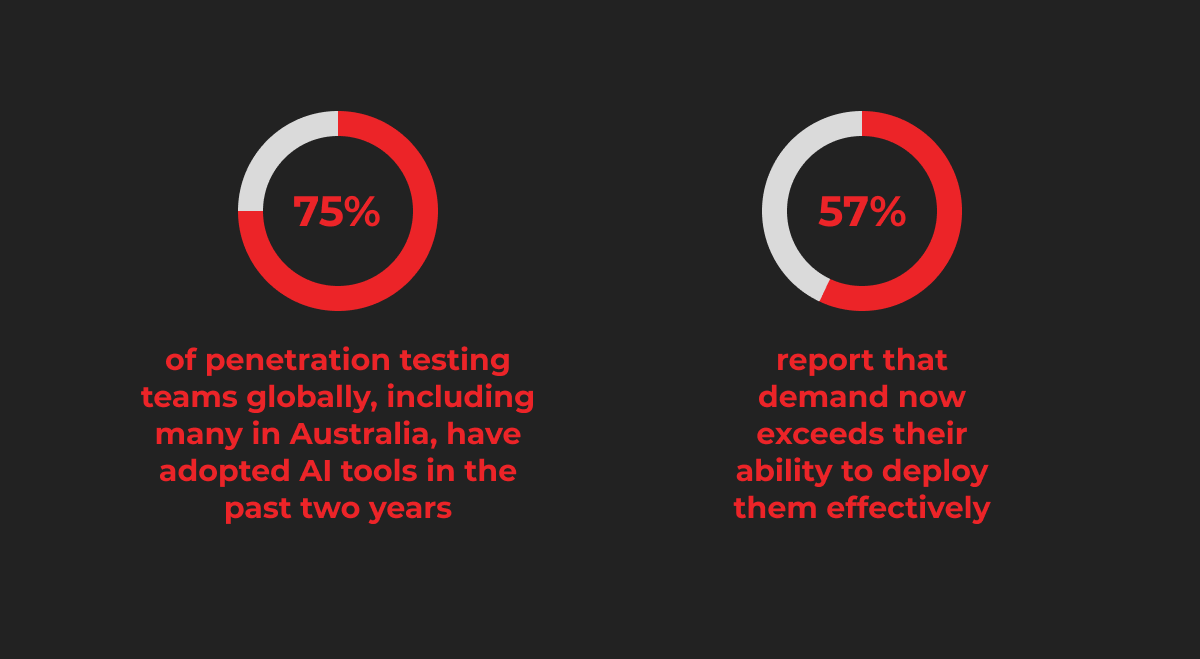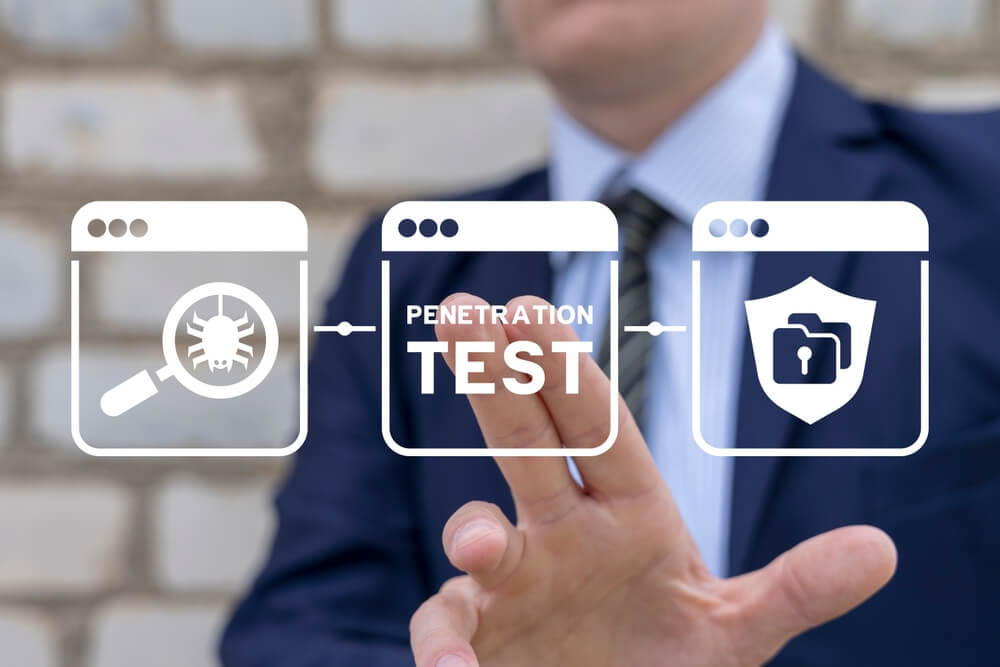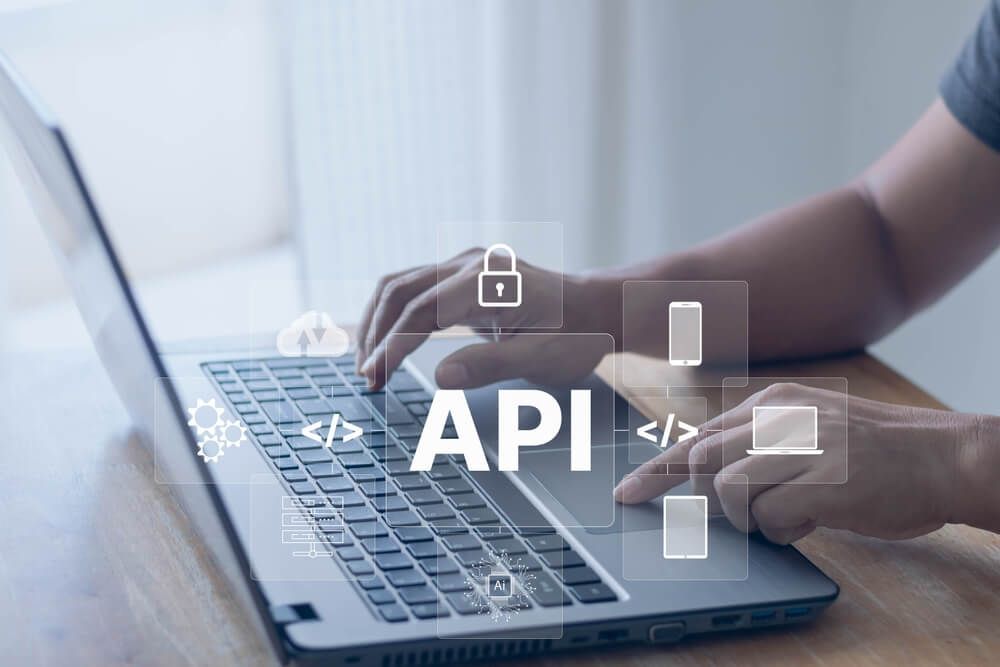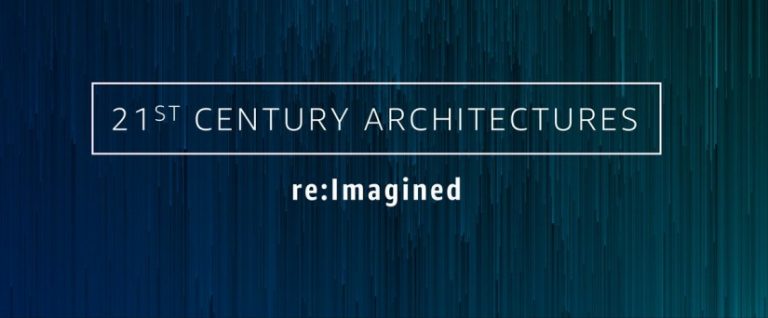Attack surfaces are expanding, threat actors are automating, and conventional penetration testing methods are falling behind. According to Cobalt’s 2024 State of Pentesting Report, 75% of penetration testing teams globally, including many in Australia, have adopted AI tools in the past two years. Yet 57% report that demand now exceeds their ability to deploy them effectively.

AI is helping close the gap between automated threats and traditional security assessments. As attack surfaces grow and adversaries adopt machine-driven techniques, security teams need tools to keep pace. Penetration testing powered by AI offers a strategic advantage, providing deeper insight into emerging vulnerabilities.
What AI Really Brings to Penetration Testing
AI transforms penetration testing from a manual, checklist-driven task into a dynamic process. With automated reconnaissance, adaptive attack simulation, and scalable misconfiguration detection, AI adds speed and precision to red team activities. Combined with human insight, it enables a methodology that delivers deeper, more reliable analysis.
AI enables:
- Automated discovery and reconnaissance: AI scans large digital environments to map assets and identify attack paths with minimal human input.
- Pattern recognition and anomaly detection: Machine learning models flag unusual configurations or behaviours likely to indicate a vulnerability.
- Adaptive payload generation: AI tools adjust their attack methods based on target responses, improving the realism and efficiency of tests.
- Scalable environment testing: Whether the environment includes dozens or hundreds of systems, AI-powered tools can simulate attacks across them concurrently.
Reinventing Cloud Penetration Testing with AI
Cloud Platform Penetration Testing focuses on your AWS account configuration, not the AWS platform itself. This approach ensures your environment is not unintentionally exposing sensitive data or unauthorised access points.
AI in cloud penetration testing helps identify one of the most persistent risks facing enterprise environments: misconfiguration. In particular, improperly assigned permissions or publicly accessible services can leave systems exposed.
AI-enhanced testing assesses:
- IAM role escalations: AI models simulate privilege escalation by analysing role policies and cross-service permissions.
- Lateral movement pathways: In multi-account AWS setups, AI explores how an attacker might pivot from one resource to another.
- S3 and serverless exposure: AI scans for open S3 buckets, unsecured and exposed Lambda functions, or inadvertently public APIs.
AI also helps identify insecure infrastructure-as-code practices, highlighting drift between intended and actual deployments.
Beyond the OWASP Top 10: AI in Web and API Security
AI-powered penetration testing extends coverage beyond conventional benchmarks such as the OWASP Top 10. It enables analysis of complex, modern architectures through capabilities such as:
- Single Page Applications (SPAs): AI tools can mimic complex client-side behaviour to detect hidden vulnerabilities in SPAs.
- REST and GraphQL APIs: AI models analyse endpoint logic, query mutations, and permission structures to uncover abuse opportunities.
- Mobile and containerised apps: AI’s ability to learn and test new execution paths benefits dynamic environments like containers or hybrid apps.
- Generative AI interfaces: Testing includes LLM and generative AI surfaces, such as prompt injection, output manipulation, and excessive agency attacks.
Attacks like out-of-band injection or cross-tenant data exposure are increasingly common in distributed complex applications. These capabilities allow for comprehensive testing across distributed applications and dynamic environments.
The Limits and Risks of AI in Red Teaming
AI may accelerate penetration testing, but it introduces its own set of risks, particularly due to its non-deterministic nature.
AI systems do not always produce the same output from the same input. This variability undermines test repeatability, which is essential for documenting vulnerabilities, verifying patches, and meeting compliance obligations.
Beyond unpredictability, AI also presents additional challenges for testers and security teams:
- False positives: AI tools may flag benign behaviours as risky without contextual awareness.
- Lack of creativity: AI struggles to emulate social engineering, physical intrusion, or nuanced lateral thinking.
- Attacker parity: Malicious actors also use AI to probe defences, meaning AI-based tools must keep up with offensive innovation.
- Outdated training data: Models trained on historical data might miss novel zero-days or environment-specific flaws.
Hybrid testing models are gaining traction to address these limitations. In this approach, AI supports experienced human testers by streamlining discovery and automation, while human expertise ensures context-driven analysis.
Why AI-Driven Penetration Testing Delivers More Value
Businesses benefit from AI-powered penetration testing by moving from reactive to proactive defence.
Benefits include:
- Reduced testing time. AI streamlines repetitive, manual tasks, speeding up assessments without cutting corners.
- Broader coverage. AI tests across more endpoints, services, and configurations than manual teams alone.
- Actionable insights. AI enables faster remediation by surfacing misconfigurations and vulnerabilities early.
- Continuous improvement. AI adapts with your environment, providing iterative testing and helping refine your security posture over time.
Conclusion
AI is transforming penetration testing by bringing speed, scalability, and precision to what was once a manual and time-consuming process. From automating reconnaissance to detecting misconfigurations and complex API-level vulnerabilities, AI extends the reach of red team operations across modern cloud and application environments.
Despite these advantages, AI has limitations. Its non-deterministic nature challenges repeatability, and it lacks the context and creativity needed to simulate real-world attacker behaviour in full. This is why a hybrid model, where AI supports human expertise, delivers the most reliable outcomes.
As digital environments continue to grow in complexity, the need for continuous, intelligent testing will only increase. Penetration testing has evolved to meet that demand by utilising the power of AI as an integral part of that evolution.
How RedBear Executes AI-Enhanced Penetration Testing
AI-powered penetration testing is now essential for cloud-native businesses. RedBear integrates AI-driven tools into every phase of testing, while ensuring expert oversight to maintain rigour and relevance.
Our testing services include:
- Cloud Platform Penetration Testing: Targeting AWS configuration, identity and access, exposed services, and privilege escalation risks. The team ensures your cloud deployment aligns with secure design principles.
- Web Penetration Testing: Addressing the OWASP Top 10 and beyond, testing will examine app logic, session management, and multi-tenant security. These capabilities extend to SPAs, APIs, and AI-enabled interfaces.
- Integration with AWS Security Assessments: AWS Security assesses cloud configurations, logging, and network design to uncover risks in the foundational layers of your environment.
What sets RedBear apart:
- Insight backed by MSSP operations – Bring operational security experience into each assessment.
- Platform-agnostic and tailored methodology – Provides flexibility across hybrid, multi-cloud systems.
- Real-world AWS cloud expertise across hybrid and native environments – Applies cloud-native knowledge to every cloud assessment.
Make Your Penetration Testing Smarter with AI and RedBear
If you’re running cloud-native infrastructure or modern applications, now is the time to rethink how you test and secure them. AI is already changing how attackers operate, so your defences need to evolve, too.
RedBear’s AI-augmented penetration testing delivers faster, deeper, and more adaptive insights. We help you uncover vulnerabilities before they’re exploited and strengthen the security of your cloud and application environments.
Learn more about our Cloud Penetration Testing services.







